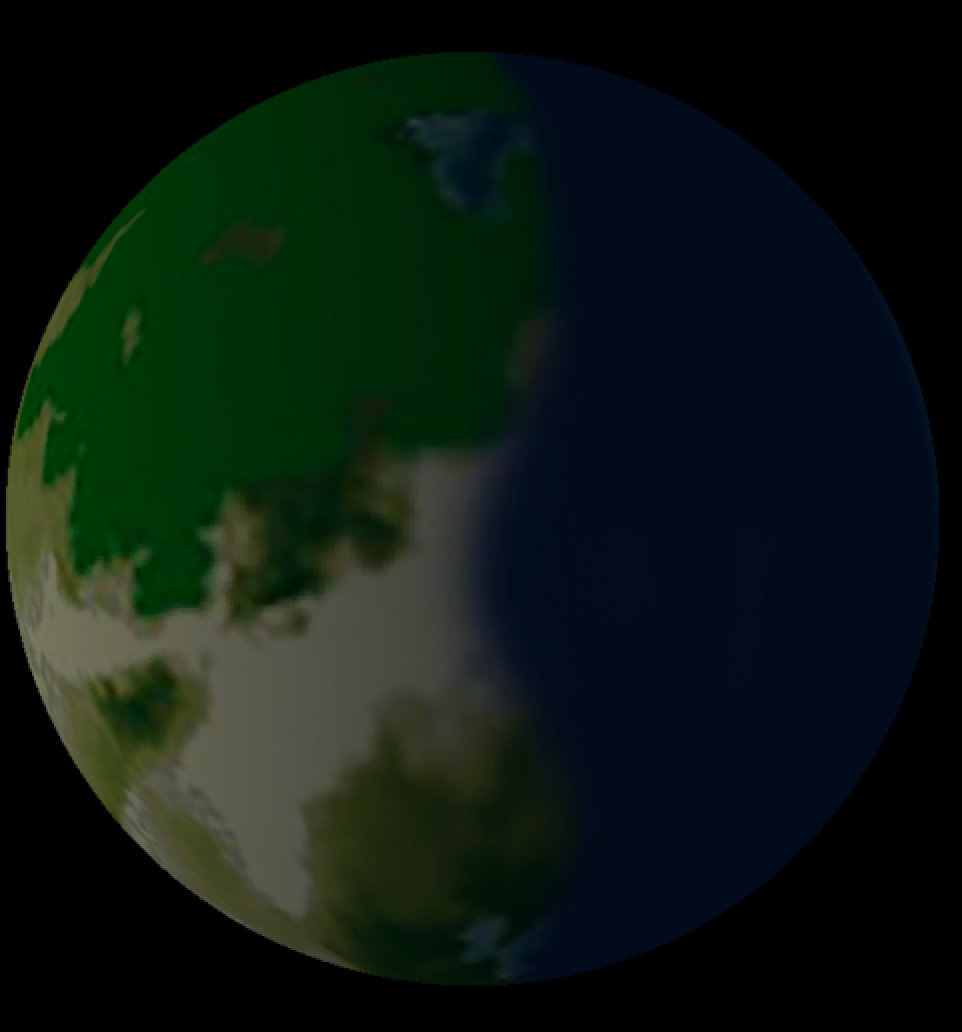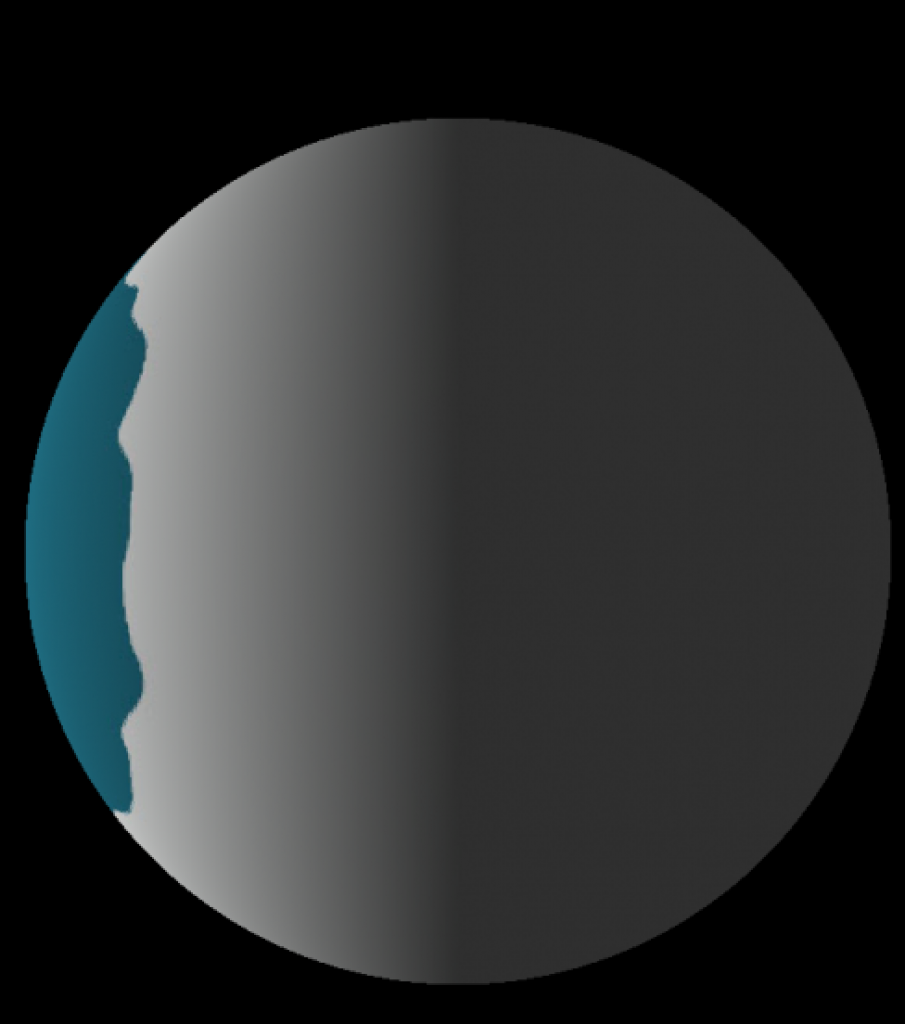
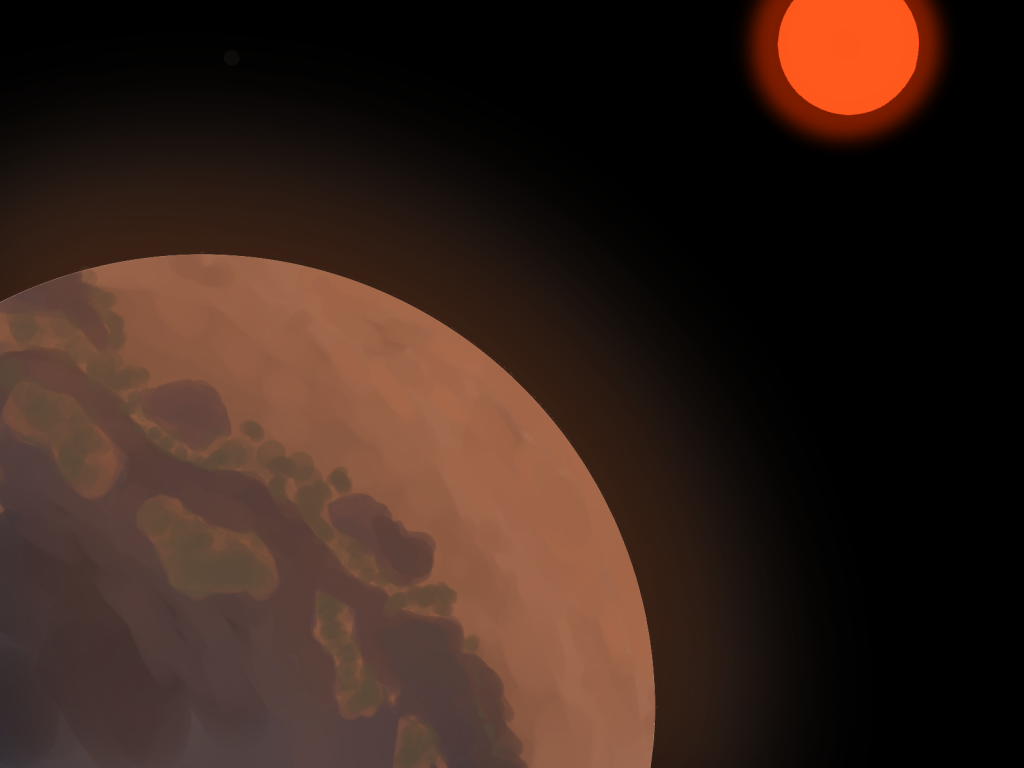
An international team led by the University of Göttingen (Germany) with participation by researchers from the Instituto de Astrofísica de Canarias (IAC) have discovered, using the CARMENES high-resolution spectrograph at the Calar Alto Observatory (Almería), two new Earth-like planets around one of the closest stars within our galactic neighborhood.
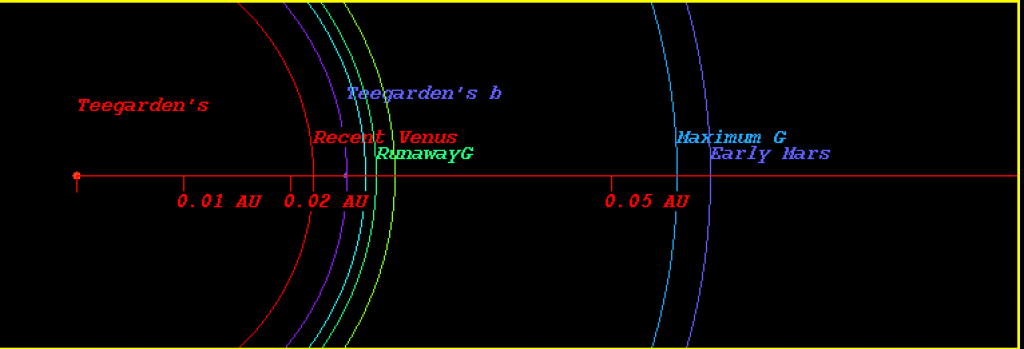
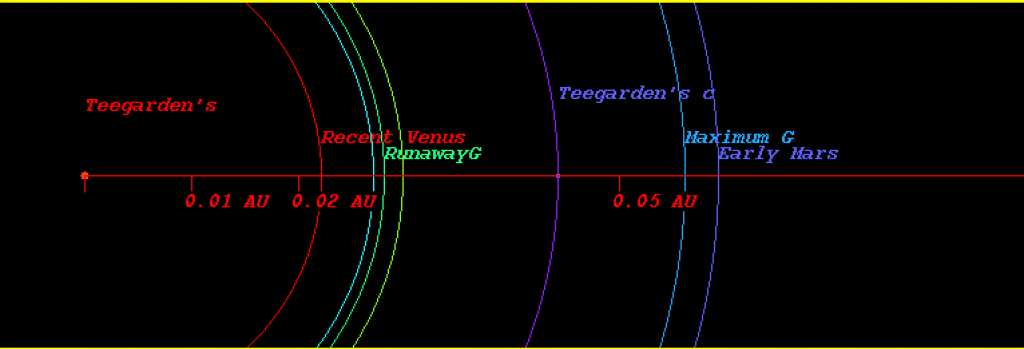
The Teegarden star is only 12.5 light-years away. It is a red dwarf in the direction of the constellation of Aries. Its surface temperature is 2,700 degrees C, and its mass is only one-tenth that of the sun. Even though it is so near, its faintness impeded its discovery until 2003. Two planets have been discovered orbiting the ultra-cool M dwarf that are thought to be temperate, rocky planets. They have orbital periods of 4.9 and 11.4 days, and both planets are likely to be within the Habitable Zone as well as tidally locked. If they’re confirmed, both of the newly spotted worlds are nearly identical to Earth in mass, and both planets are in orbits that could allow liquid water to trickle and puddle on their surfaces. This surface liquid water that is thought to be present on both planets, makes for a wide range of atmospheric properties, which makes them attractive targets for bio-signature searches. They are among the most Earth-like exoplanets yet discovered.
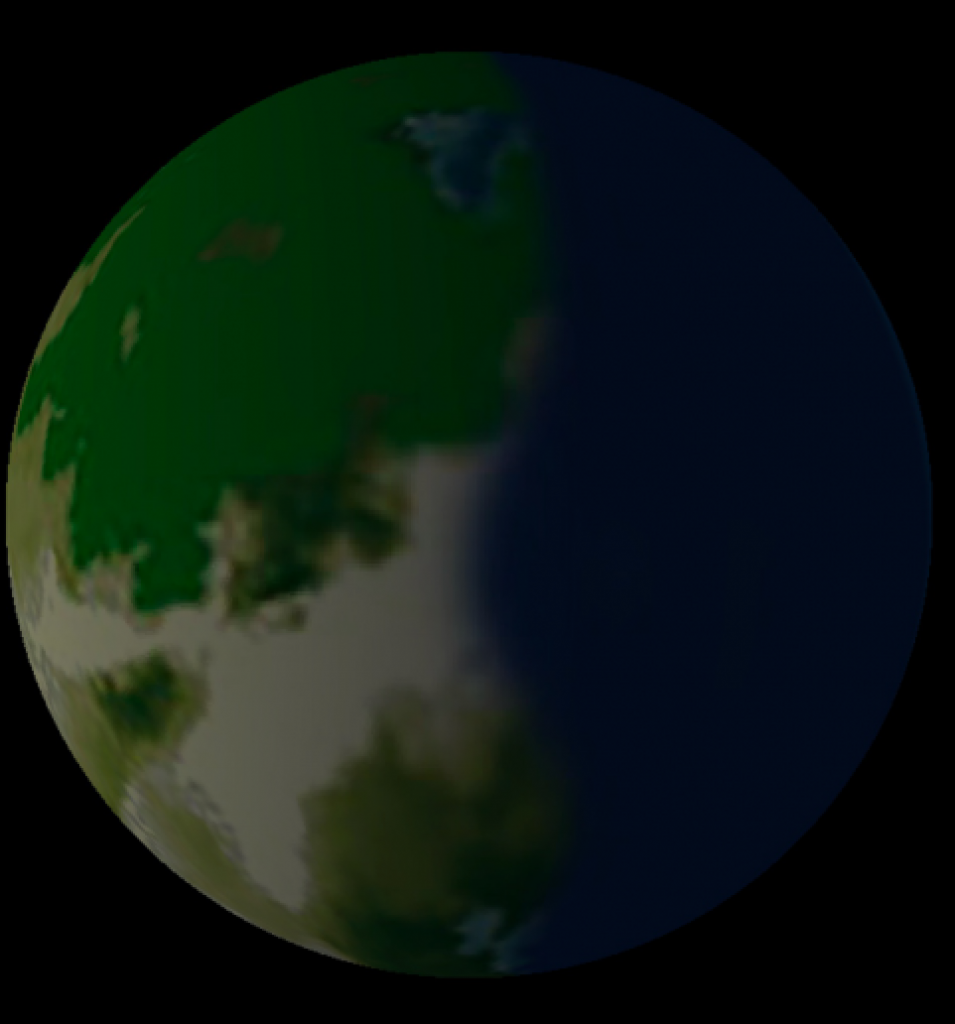
References:
